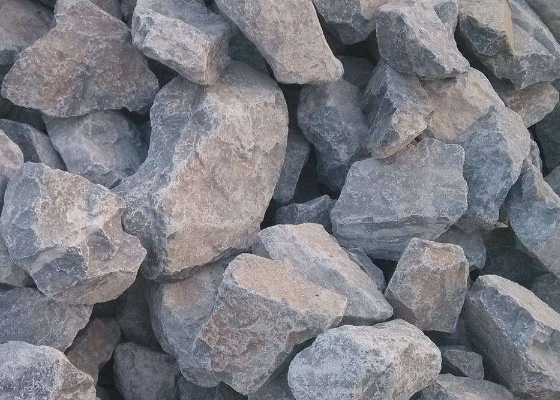Plant Capacity Overview
A limestone crushing plant is designed to process limestone into various grades for use in construction, agriculture, and other industries. These plants typically consist of a series of machines, including crushers, screens, and conveyors, to handle the material from extraction through processing and packaging. The capacity of a limestone crushing plant refers to the amount of limestone it can process in a given period, usually measured in tons per hour (tph). The capacity can vary significantly depending on the plant’s design, the types of equipment used, and the desired product specifications.

Factors Affecting Capacity
The choice of crushers significantly impacts the plant’s overall capacity. Common types of crushers used in limestone plants include jaw crushers, cone crushers, impact crushers, and hammer mills. Jaw crushers are typically used for primary crushing, handling large, coarse material, while secondary crushers like cone or impact crushers refine the material into smaller sizes. Each type of crusher has a different throughput rate, affecting the plant’s capacity.

Plant Design and Layout
The design and layout of a limestone crushing plant are tailored to achieve the desired capacity while ensuring efficient operation. The plant is typically divided into sections for crushing, screening, and storage. The primary crushing section may include a jaw crusher or gyratory crusher, which breaks down large limestone boulders into smaller sizes. The secondary and tertiary sections further reduce the size of the material and ensure that it meets the required specifications. Conveyors and storage bins are strategically placed to facilitate smooth material handling and reduce downtime.
Capacity Considerations
When designing or upgrading a limestone crushing plant, it’s essential to consider factors such as material hardness, moisture content, and desired output size. Harder limestone may require more robust crushers or additional stages in the crushing process. High moisture content can affect the performance of crushers and screens, potentially leading to clogging or reduced efficiency. The desired output size and quality also play a role in determining the plant’s capacity, as finer products may require more processing stages.
Economic and Operational Implications
The capacity of a limestone crushing plant has significant economic and operational implications. Higher capacity plants can process more material, potentially leading to lower per-ton production costs and increased profitability. However, they also require a larger initial investment in equipment and infrastructure. Operating costs, including energy consumption, maintenance, and labor, scale with plant capacity. Balancing these factors is crucial for optimizing both the economic and operational efficiency of the plant, ensuring that it meets production goals while remaining cost-effective.

